The bench press is a revered exercise, lauded by fitness enthusiasts and professional athletes alike as a cornerstone in weightlifting routines. Owing to its effectiveness in strength building and muscle development, primarily in the upper body, the bench press is undoubtedly popular. But what exact muscles does it engage? What does proper form entail? How do you manage shoulder pain from bench pressing? And how does it compare to the dumbbell press or machine chest workouts? In this blog, we delve deep into these critical areas to provide a comprehensive guide to mastering the bench press.
Bench Press Muscles Worked
The bench press is a compound exercise, meaning it recruits multiple muscle groups simultaneously. This quality contributes to its reputation as a powerhouse of upper-body development. The main bench press muscles worked are:
-
Pectoralis Major: This is the large muscle spanning the chest area, providing the prominent “chest” look. The bench press targets the ‘pecs’ primarily, using them as the main movers for pushing weight.
-
Triceps Brachii: Situated at the back of your arms, the triceps are heavily involved in the pushing phase of the bench press. They extend the elbow and help lock out the arm.
-
Anterior Deltoids: These are the muscles at the front of your shoulders, also involved in the pushing movement. They’re not the primary target of the exercise but still play a substantial role.
Secondary muscles engaged during the bench press include the biceps brachii, the latissimus dorsi (the large muscles in your back), and numerous muscles in your forearms and hands, which help stabilize the weight.
Bench Press Form
Adhering to correct bench press form is not only fundamental to effectively target these muscles but also vital for preventing injury. The key steps to maintain proper bench press form are as follows:
1. Lay on the Bench: Start by positioning your body on the bench, with your eyes directly under the bar. Your feet should be flat on the floor, and your back slightly arched to maintain natural spine alignment.
2. Grip the Bar: Place your hands slightly wider than shoulder-width apart, fingers firmly wrapped around the bar. This grip allows optimal chest and arm engagement.
3. Lower the Bar: Take a deep breath and lower the bar towards your chest. Your elbows should be at about a 45-degree angle to your torso, ensuring you are not putting undue pressure on your shoulders.
4. Push Up: Exhale as you push the bar upwards, using your chest muscles. Extend your arms fully, but avoid locking your elbows to keep tension on the muscles and off the joints.
5. Repeat: Maintain control throughout the movement, lowering and raising the bar in a smooth, controlled manner.
Shoulder Pain When Bench Pressing
Some individuals may encounter shoulder pain when bench pressing. This discomfort often stems from incorrect form or a pre-existing condition. For example, flaring the elbows excessively strains the shoulder, causing pain. Overloading the bar with weight, or frequent bench pressing without adequate rest can lead to overuse injuries.
If you’re experiencing shoulder pain, start by reevaluating your form. Consider reducing the weight or frequency of your bench presses. If the pain persists even after adjustments, consult a healthcare professional or a physical therapist. Ignoring continuous pain could exacerbate an underlying condition.
Dumbbell Press: How Is It Different?
At first glance, the bench press and dumbbell press may appear similar, but they each offer unique benefits and challenges. Bench pressing typically allows for lifting heavier weights, which can lead to better overall strength progression. It’s a more straightforward exercise as it requires less balance and coordination than the dumbbell press. The dumbbell press, on the other hand, offers a greater range of motion and engages stabilizer muscles more effectively. It also provides an opportunity to correct muscle imbalances since each arm works independently. Incorporating both exercises in a workout routine can provide a comprehensive approach to upper body strength and muscle development.
Machine Chest Workout: Another Alternative
A machine chest workout offers a valuable alternative to bench pressing, particularly for those dealing with injuries or beginners still building base strength. These exercises provide improved stability, safety, and muscle isolation, contributing to their utility in diverse workout routines.
For instance, chest press machines replicate the bench press motion but with enhanced stability. This focus allows you to target your pectorals more directly and with fewer balance requirements. On the other hand, pec deck machines stimulate the chest muscles from a different angle, emphasizing the inner chest. This variation ensures balanced muscle development and adds diversity to your workouts.
While machine exercises provide effective alternatives, they tend not to engage as many stabilizer muscles as free-weight exercises. Therefore, combining machine workouts with free weight exercises like the bench press often results in the most comprehensive strength and muscle gains.
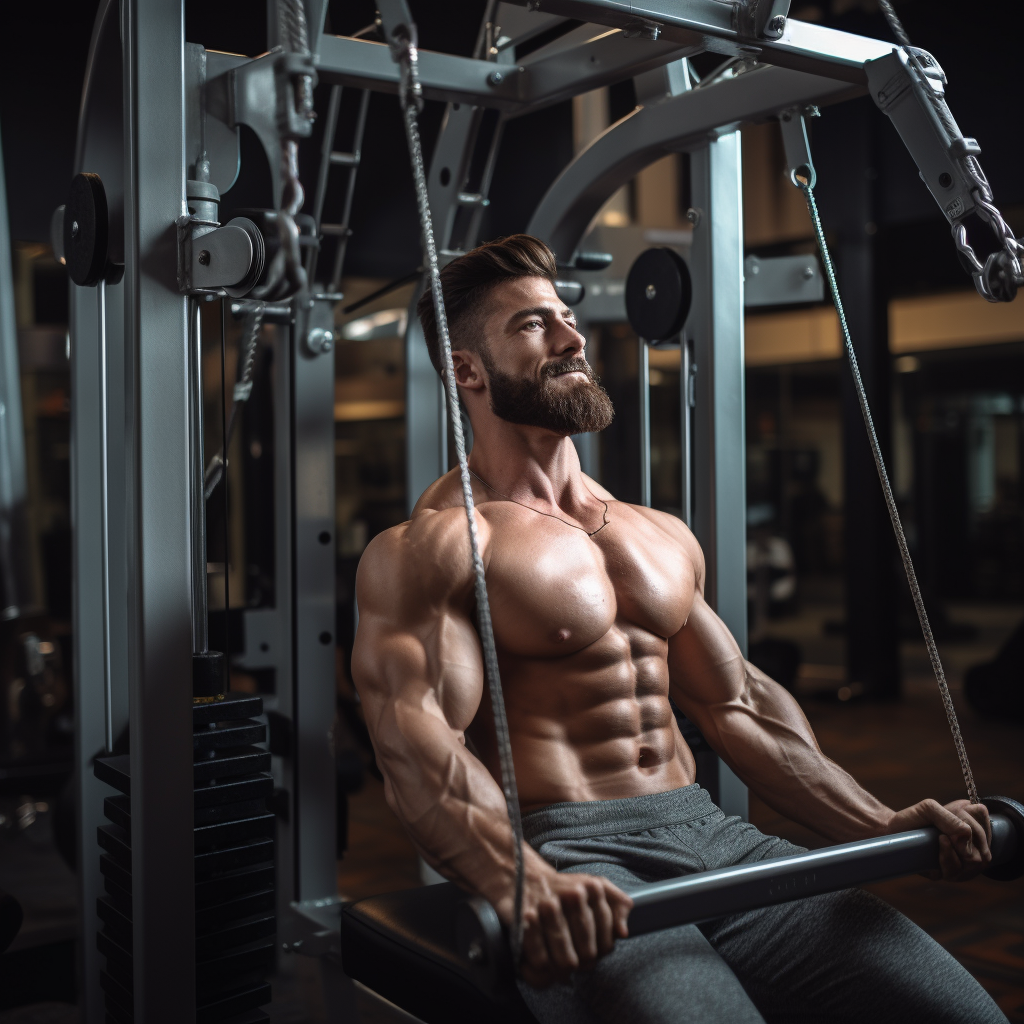
Final Thoughts: The Bench Press
The bench press is a potent exercise for building upper body strength and muscle mass. With a comprehensive understanding of the engaged muscles, proper form, dealing with potential shoulder pain, and knowledge of alternatives and complementary exercises, you can safely and effectively incorporate the bench press into your workout routine, maximizing your strength and muscular gains.
To learn more, visit Train Fitness.
More Articles
Transformative Discipline: Exploring the Principles of 75 Hard
Recently, my friends and I were thinking of ways to start the new year positively, and 75 Hard will put us to the test in an effective way. Setting off on a path toward resilience and self-improvement frequently calls for more than just internal drive; it also calls...
The Best Full Body HIIT Workout You Can Do
Workouts involving full-body high-intensity interval training (HIIT) are a quick and easy approach to optimize your fitness progress. These workouts usually consist of a series of heart-pumping, intensive movements that target numerous muscle groups at once,...
Ab Workouts: Creating a Home Gym that Fits Your Lifestyle
Ab workouts are an important part of any fitness regimen because they target the core muscles that are crucial for stability, posture, and general strength. You can choose from a wide range of workouts to achieve a stronger core or a toned stomach. Engaging the...
Home Sweet Home Gym: Your Gateway to a Healthier Lifestyle
Picture this: no more rushing to the gym during peak hours, no waiting for your favorite machine, and no distractions from strangers. Instead, imagine a space where you can focus entirely on your fitness goals, set your workout schedule, and curate an environment that...
Mastering Back Exercises with Dumbbells
Dumbbell back workouts are a flexible and efficient way to improve your general strength, posture, and muscle growth. Dumbbells are a great addition to any exercise regimen, whether you're a back-health fanatic, an athlete, or just someone who enjoys working out....
The Fierce Flats
With our "Fierce Flat’s" blog, you'll be able to dive into the realm of lifting like never before. Forget about flashy kicks and high-tech soles; there's a new look in town. This blog will break down Converse and Vans' game-changing styles for all of your lifting...


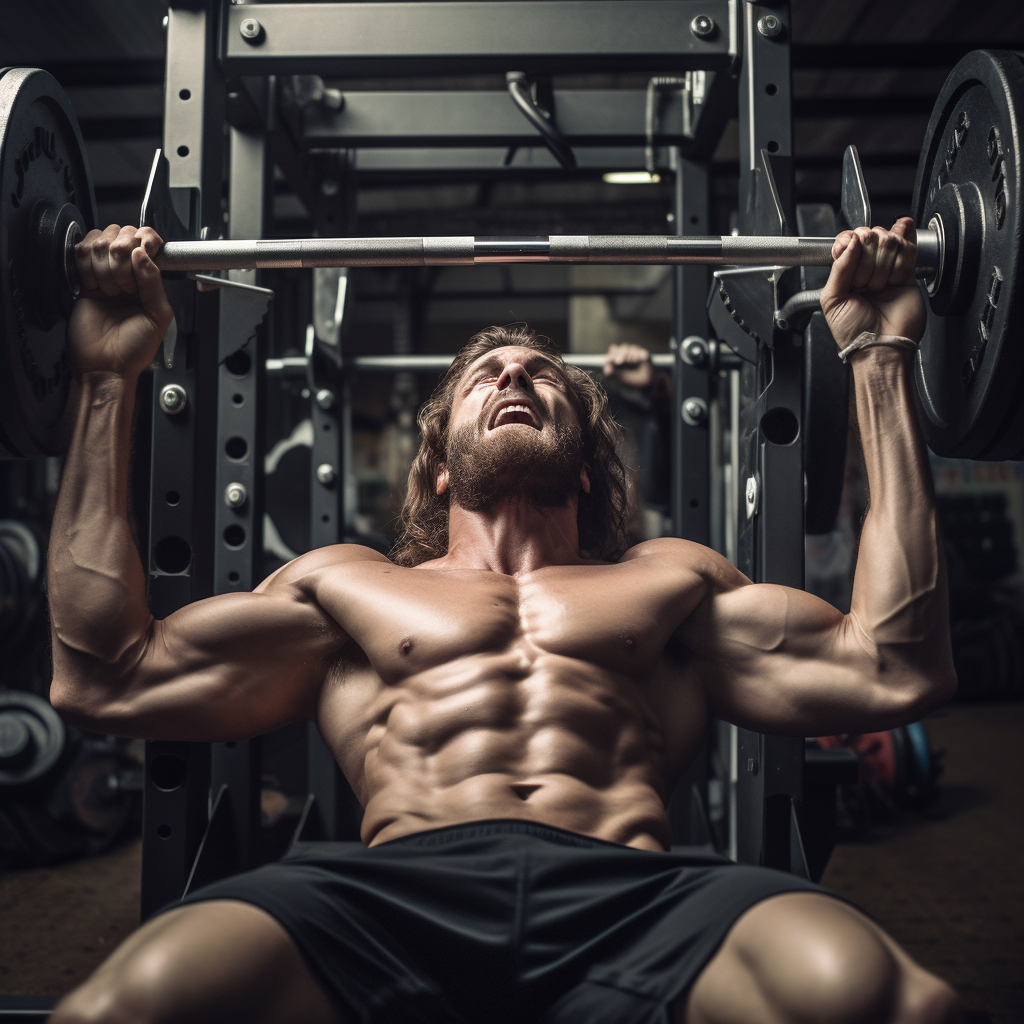
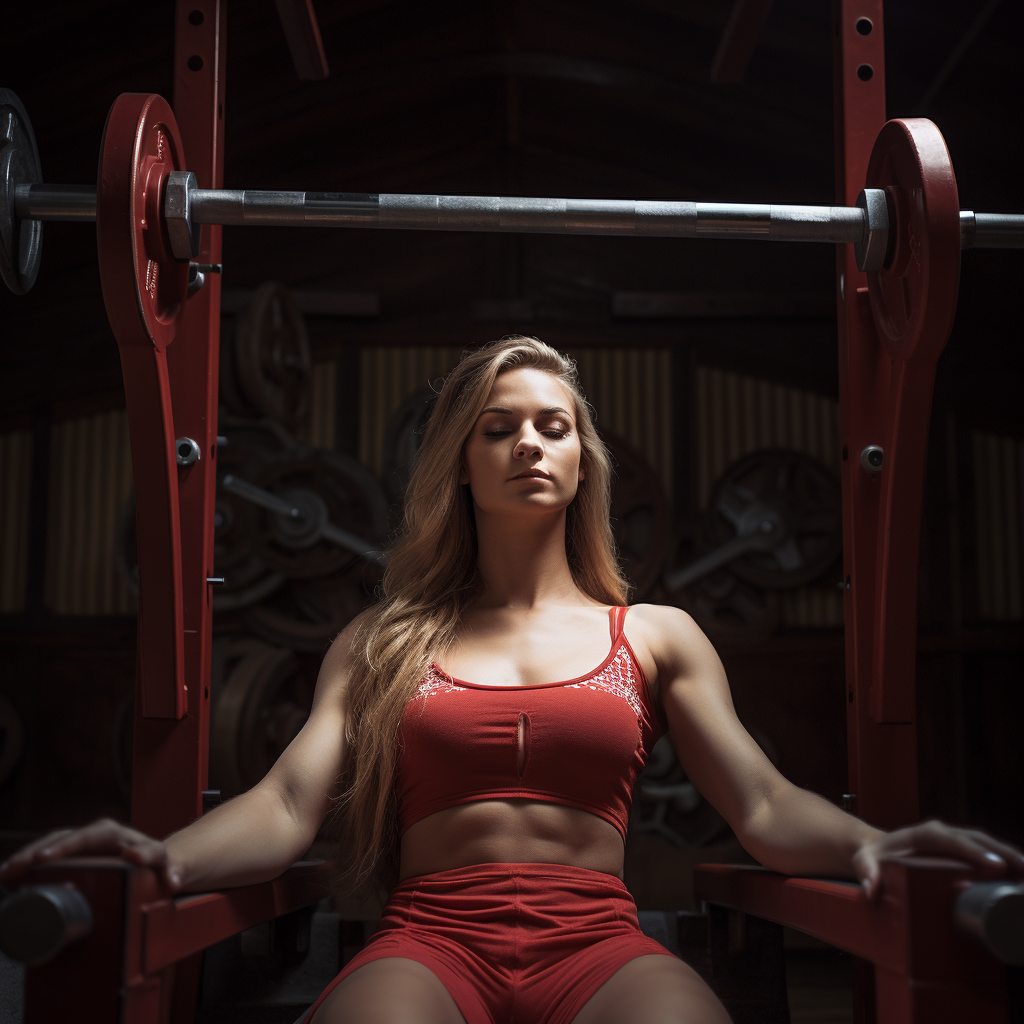
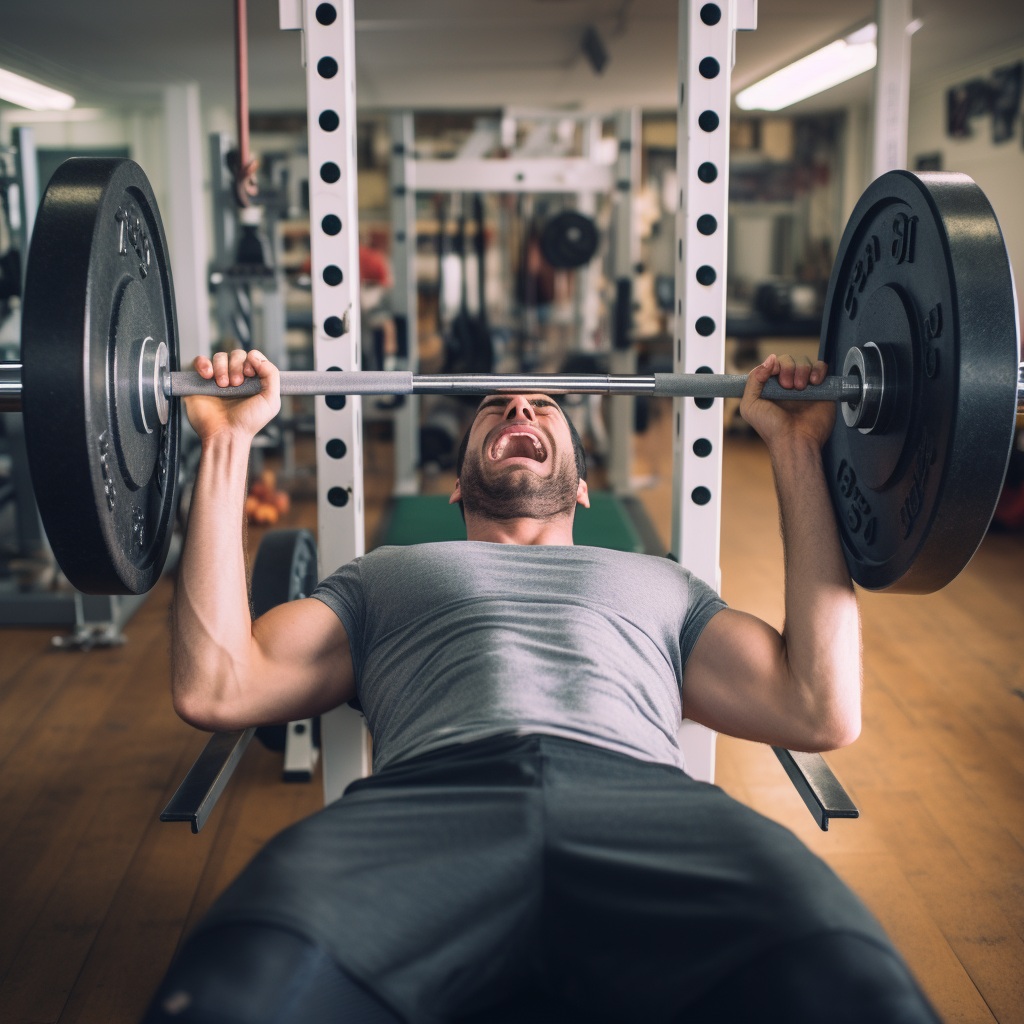




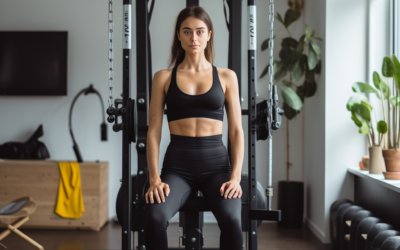


For those seeking versatile alternatives to the traditional bench press, a machine chest workout can be a game-changer. These exercises provide stability and muscle isolation, making them suitable for individuals dealing with injuries or beginners starting their fitness journey. However, I advise combining machine workouts with free-weight exercises like the bench press to engage a broader range of stabilizer muscles and achieve the most comprehensive strength and muscle gains.